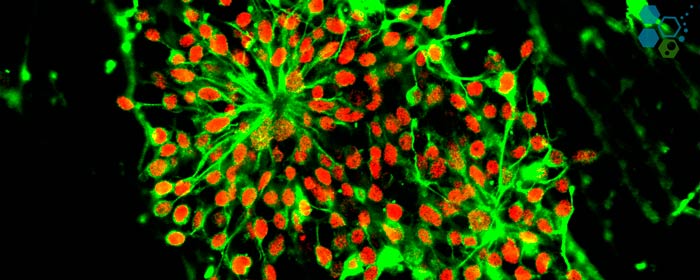Therapeutic cloning refers to a process of utilizing SCNT or the somatic cell nuclear transfer for the production of cells exactly matching the patient. The procedure involves the combination of the patient’s enucleated egg and somatic cell nucleus.
Therapeutic cloning Vs Reproductive cloning
Therapeutic cloning, also known as somatic cell nuclear transfer (SCNT), is a form of cloning where the nucleus of a somatic cell is transferred into an enucleated egg cell to create an embryo. The embryo then starts to divide and develop, similar to a naturally conceived embryo. Unlike reproductive cloning, which aims to produce a fully functional organism, the goal of therapeutic cloning is to harvest embryonic stem cells for medical treatment and stem cell research.
How Therapeutic Cloning Works
- Nucleus Transfer: The nucleus of a somatic cell (a cell not involved in reproduction) is inserted into an egg cell that has had its nucleus removed.
- Activation: The egg cell is then stimulated, usually via electric shock, to start dividing.
- Embryo Development: The cell begins to divide, forming a blastocyst, an early-stage embryo with a clump of cells in the center known as the inner cell mass.
- Stem Cell Harvesting: The embryonic stem cells are extracted from the inner cell mass of the blastocyst for research or therapeutic purposes.
Potential Applications of Therapeutic Cloning
- Regenerative Medicine: Embryonic stem cells derived from therapeutic cloning can potentially be used to treat a wide variety of diseases, including ALS, MND, Parkinson’s, Alzheimer’s, and spinal cord injuries.
- Organ Transplants: The technique could be used to grow organs that are genetically identical to the donor, reducing the risk of organ rejection.
- Disease Modeling and Drug Testing: Creating stem cells that have the genetic makeup of patients can help in studying diseases at a cellular level and in testing how different drugs affect cells.
Ethical and Moral Considerations
- Destruction of Embryos: One of the most significant ethical concerns is that the process involves creating and then destroying embryos to harvest stem cells, which raises questions about the moral status of the embryo.
- Potential for Reproductive Cloning: The techniques used in therapeutic cloning could, in theory, be applied to reproductive cloning, which is widely considered to be ethically unacceptable.
Future Challenges and Limitations
- Efficiency: The process of therapeutic cloning is currently inefficient, with a high rate of failure.
- Genetic Abnormalities: Cloned embryos may have genetic or epigenetic abnormalities that could cause unforeseen consequences when used in treatments.
- Resource-Intensive: The process requires a large number of eggs, which poses ethical questions about egg donation and the commercialization of human tissues.
Therapeutic cloning offers a promising avenue for advancing medical research and treatment but comes with significant ethical and technical challenges. As with any groundbreaking technology, a balanced approach that weighs the potential benefits against ethical considerations is essential. Public discourse, bioethical analysis, and stringent regulations will likely continue to shape the trajectory of therapeutic cloning in both research and clinical settings.
Doctors may then proceed with the harvesting of embryonic stem cells from the resultant embryo, which may then be used in producing tissues matching the body of the patient. This signifies that the created or resultant tissues are not likely to undergo tissue rejection by the immune system similar to that of autologous stem cells.

